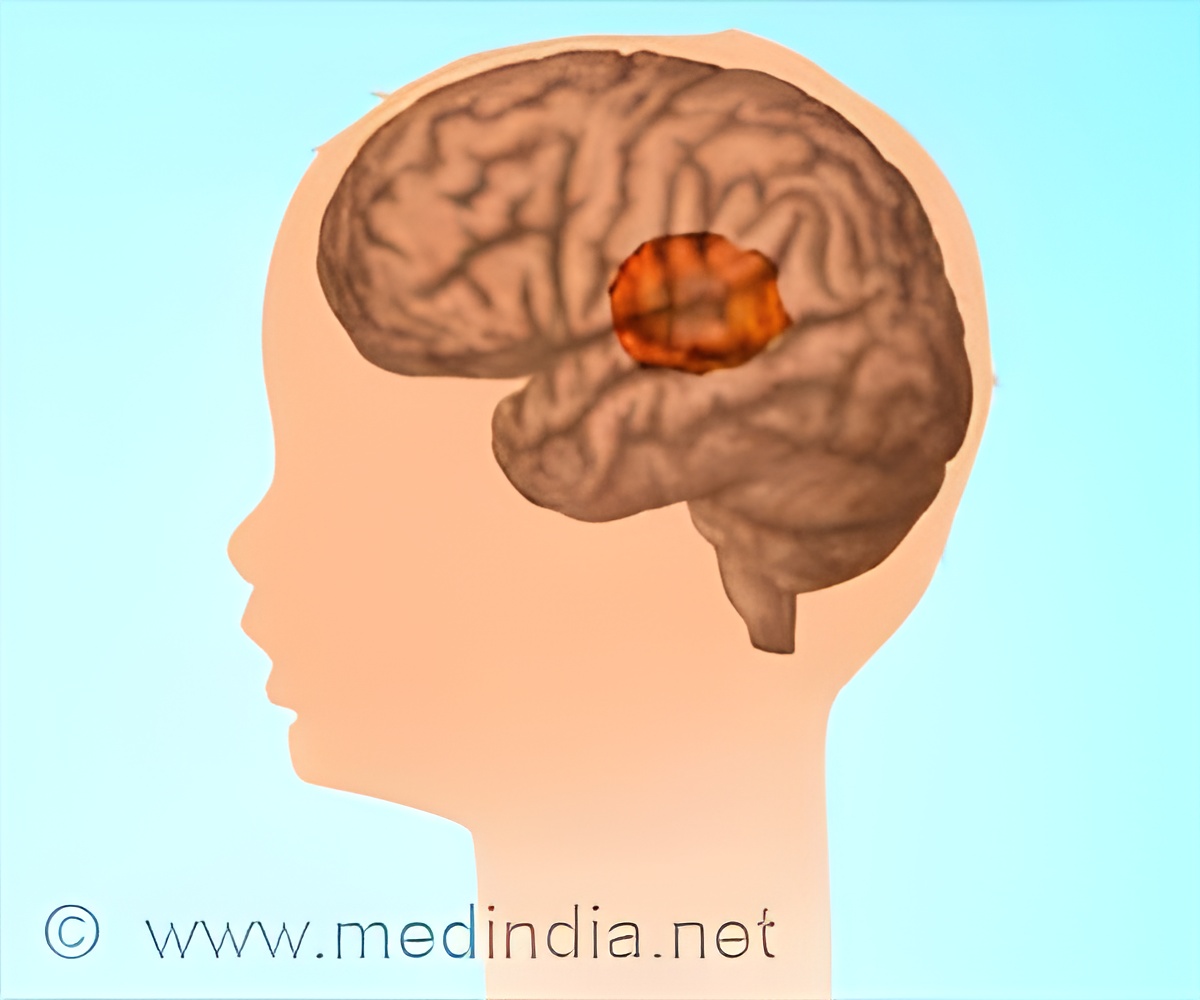
‘The research findings necessitate the need for more aggressive treatments that focus on long-term survival.’
Tweet it Now
Gliomas represent about 75% of malignant primary brain tumors, according to previous studies, and glioblastoma, grade 4 glioma, is among the most aggressive forms of cancer. The retrospective analysis of 48,652 cases in the National Cancer Database from January 2004 through December 2009 found that 2,249 patients survived at least five years after diagnosis. Among those who reached five-year survival, the median length of survival was 88 months. Patients who did not survive five years had a median survival of just seven months. "The introduction of chemotherapy in the treatment of glioblastoma was revolutionary, although this research suggests that chemotherapy serves more as a temporizing measure against disease recurrence and death," says Daniel Trifiletti, M.D., a Mayo Clinic radiation oncologist and senior author of the study. "Considerable work needs to be done to provide hope for patients with glioblastoma."
The study involved oncology, radiation and biomedical statistics researchers from Mayo Clinic's Florida and Minnesota campuses, and East Tennessee State University.
According to the study, factors associated with five-year survival included age, race and gender. Those who achieved five-year survival were relatively younger adults, female and nonwhite. Other factors included generally good health, higher median income, tumors that were on the left side of the brain or outside the brainstem, and treatment with radiotherapy. Contrary to previous studies, tumor size did not appear to affect the odds of long-term survival significantly.
The findings suggest that more aggressive treatments that focus on long-term survival will be needed. "Although it is uncertain how this may be achieved, it likely will require novel and radical approaches to treatment of the disease," Dr. Trifiletti says. The study recommends that nearly all patients should be offered enrollment in a clinical trial.
Advertisement
Advertisement










